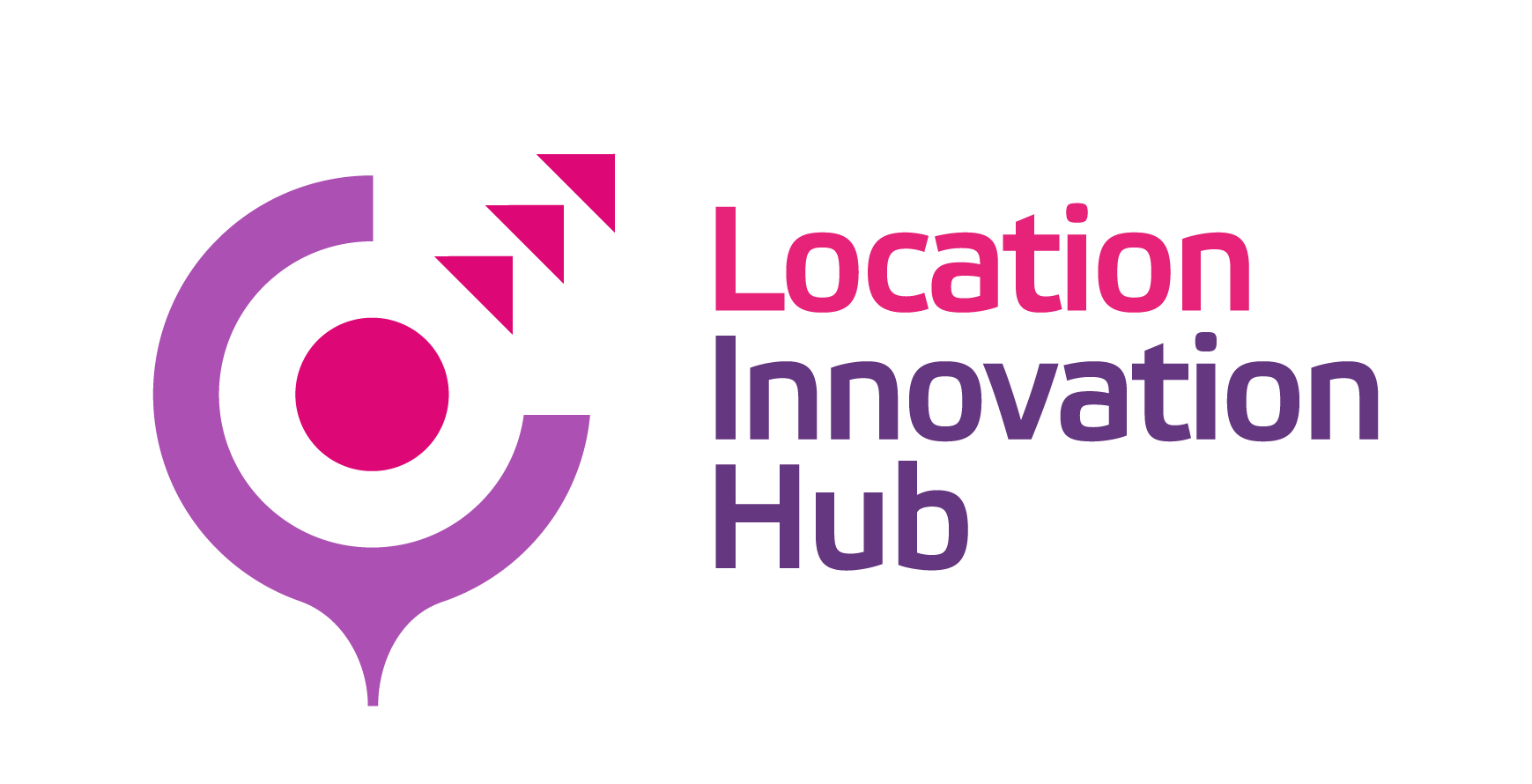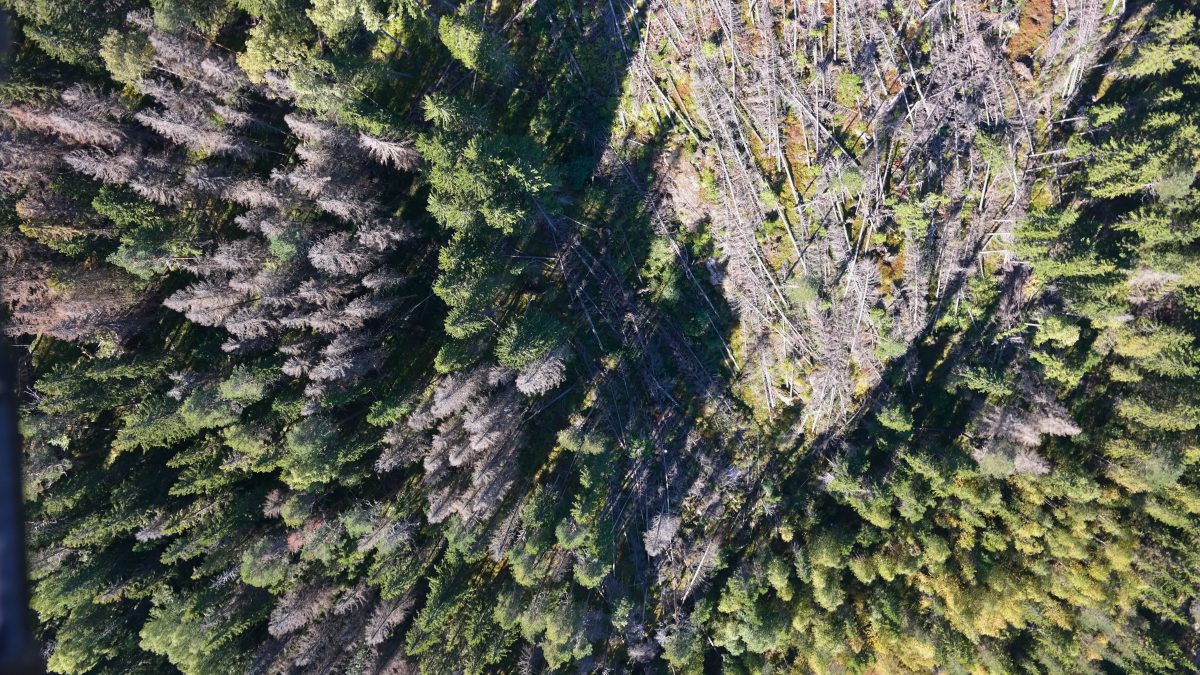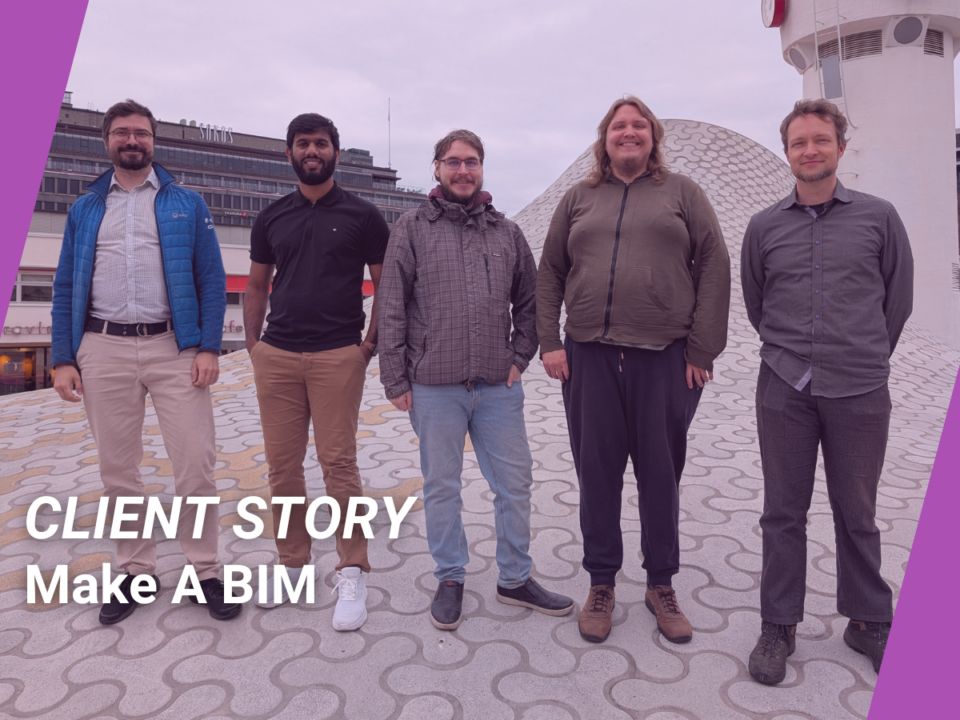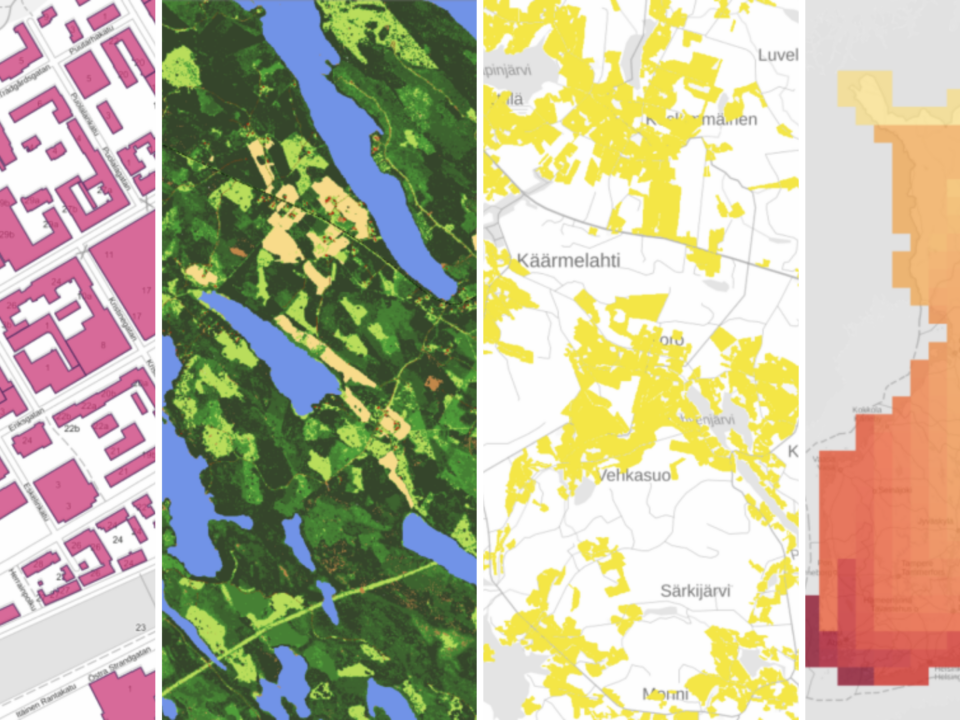
AI Solutions for Your Business
30.11.2023
Seminar on 27 February: Machine Learning with Spatial Data
18.12.2023The war on bugs – how technology can help prevent insect damage to forests
When you walk in the forest, you don't always notice insect damage. A tree can look healthy even if it's swarming with insects. Satellite images and drones can complement the human eye to provide accurate information about forest health. Time is money in forest management – the sooner technology alerts us to take action, the better we can control the damage. Finnish experts show how it's done.
Finland's forests are an extremely valuable natural resource and an important asset for forest owners. Insects that cause damage, such as the European spruce bark beetle, can, in the worst case scenario, kill large areas of forest. The risks will increase as the climate is getting warmer. The spruce forests are in real danger if there are too many spruce bark beetles.
"There used to be one generation of spruce bark beetles in Finland in a typical summer, and they used to be moderate in number. Today, in central Europe, there can be four generations due to warming climate. Spruce bark beetles usually attack trees that are weakened, but if there are a lot of them, they can attack healthy trees as well," says Eija Honkavaara, Research Professor at the Finnish Geospatial Research Institute (FGI).
The mission of Honkavaara's research teams is to use remote sensing techniques to find the most efficient ways to provide information on the spread of spruce bark beetles and to develop tools to mitigate the damage.
CollectiveCrunch, a company that provides technology and data solutions based on artificial intelligence and machine learning models, is following the research and development in this field with interest. CollectiveCrunch’s products allow customers to monitor forest health, biodiversity and changes in carbon sequestration, among other things.
"Our company was born because customers in the forest industry needed accurate and up-to-date information for forest-related modelling. We combine open data and customers' own data in our products. Our products provide up-to-date information about the forest, making it easier for forest owners to plan forest management activities and forest visits in a timely manner," says Mika Korvenranta, Chief Product Officer at CollectiveCrunch. In November, the company received the Excellence Finland innovation award for its application against forest pests.
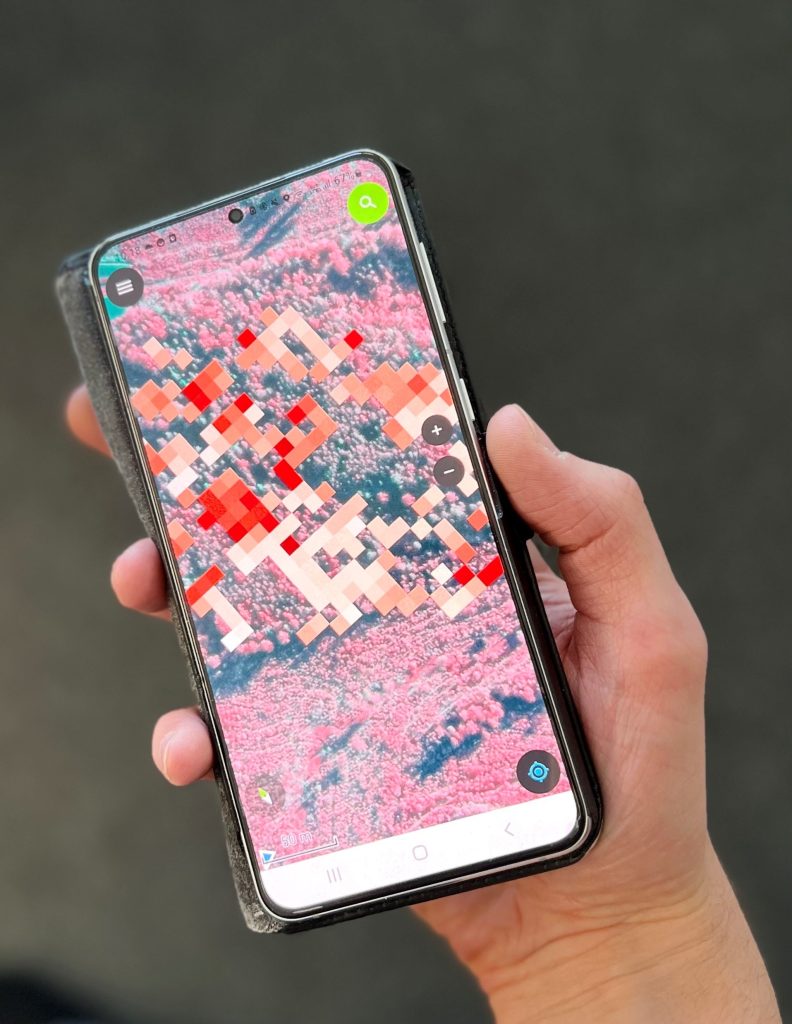
CollectiveCrunch’s products allow customers to monitor forest health, biodiversity and changes in carbon sequestration.
Satellite images provide basis for forest monitoring
Both satellite and drone imagery have a role to play in monitoring spruce bark beetle damage. A challenging part is identifying the early stages of the spread of the spruce bark beetle, when dead and diseased trees appear as individual trees scattered across a forest area.
"After a storm, for example, it's important to know where the fallen trees are and that information is needed quickly. Fallen trees must be removed in time to prevent the spread of the spruce bark beetle. This requires fast decision making and accurate information," says Eija Honkavaara.
Satellite imagery provided by the European Space Agency (ESA) will help develop cost-effective solutions and will be particularly useful in identifying damage, especially where there is already a lot of damage in the forest. Larger areas can be viewed automatically using satellite imagery. On the other hand, satellites produce data at their own pace and, due to variations in cloud cover, not all areas are always covered by images. Combined with other data, satellite images provide an excellent basis for forest monitoring. CollectiveCrunch automatically monitors the insect pest situation throughout Finland with its product.
"Our customers give us good feedback on our products. The accuracy is good and the products help to plan work, direct resources and save money by detecting insect infestations at an early stage," says Mika Korvenranta.
- How could autonomous drones help solve the problem? And how can the Location Innovation Hub help companies enter international markets? Read the full story on Positio magazine: The war on bugs – how technology can help prevent insect damage to forests
Location Innovation Hub (LIH) is part of the European network of digital innovation hubs. The European networks are available to LIH clients. Location Innovation Hub also has its own forestry network, which organises activities and events. We also offer a range of test environments that can be used to test innovations. Through our partner network, you can access training and consultancy to develop digitalisation in the forest sector. We also help you to find and obtain funding. Interested? Contact us and let’s see how we can help!

